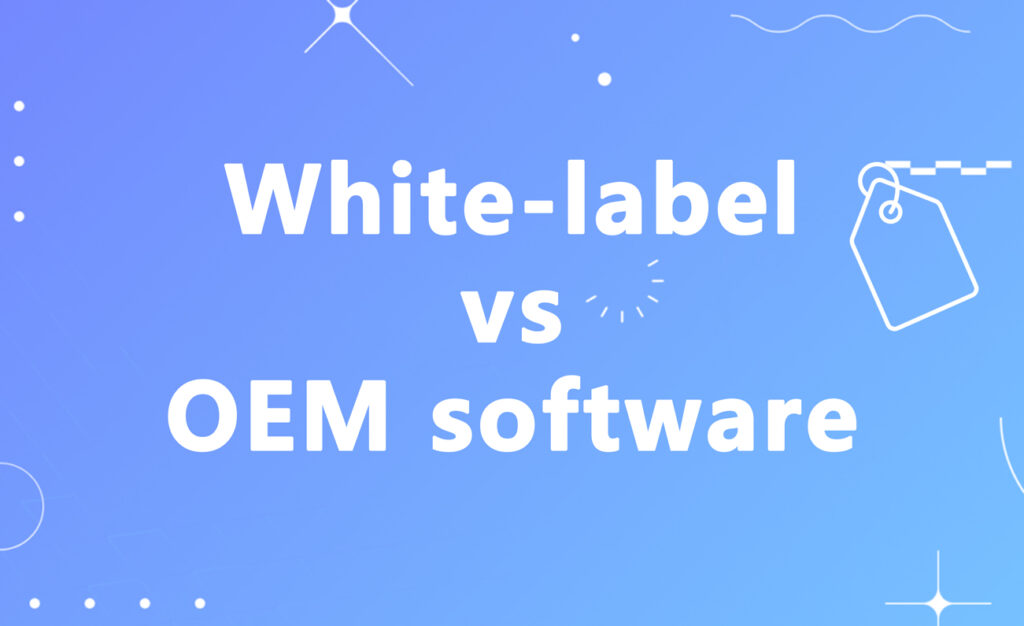The choice between white-label and OEM (Original Equipment Manufacturer) software depends on your business needs, goals, and resources. Here’s a breakdown of each and how they compare:
White-Label Software
White-Label Software Definition:
White-label software is developed by one company and rebranded by another. The reselling company can market the software as its own, often with customization options to align with their brand identity.
White-Label Software Advantages:
- Branding Control:You can sell the software under your brand, giving customers the impression that it’s your proprietary product.
- Quick to Market:Since the software is pre-developed, you can quickly enter the market without needing to invest in the development process.
- Cost-Effective:It’s generally more affordable than developing software from scratch, as you’re licensing an existing product.
- Customization:Some white-label solutions offer customization options, allowing you to modify features, the user interface, and branding to better fit your business needs.
White-Label Software Disadvantages:
- Limited Customization:While some customization is possible, you’re still working within the framework of the original software.
- Dependence on the Provider:You rely on the original developer for updates, bug fixes, and support, which can limit your control over the product’s evolution.
OEM Software
OEM Software Definition:
OEM software is developed by one company and integrated into another company’s products. The software is usually provided to be included as part of a larger system or device, and it may or may not be branded as the OEM company’s product.
OEM Software Advantages:
- Deeper Integration:OEM software can be deeply integrated into your existing hardware or systems, providing a seamless user experience.
- Tailored Solutions:OEM agreements often allow for significant customization, making the software better suited to your specific use case.
- Brand Identity:Depending on the agreement, the software may carry your branding or the original developer’s, allowing flexibility in how it’s marketed.
OEM Software Disadvantages:
- Higher Costs:OEM software can be more expensive than white-label solutions, especially if significant customization is required.
- Development Time:Integrating OEM software can take longer, particularly if it requires extensive customization or adaptation to your existing systems.
- Complexity:Implementing OEM software often involves more technical complexity, requiring closer collaboration with the software provider.
White-label vs OEM software: which is best?
- For Quick Market Entry and Branding Control:White-label software is often the best choice. It allows you to rapidly enter the market with a product branded as your own, without the need for heavy investment in development.
- For Deep Integration and Customization:OEM software is preferable if you need a highly customized solution that integrates closely with your existing products or systems. It’s ideal for businesses that require a tailored approach and have the resources to manage the more complex implementation process.
Conclusion
Choose white-label software if you want a cost-effective, branded solution with quicker time-to-market. Opt for OEM software if you need a highly integrated, customized product that fits seamlessly with your existing systems and are willing to invest more time and resources into the implementation.

